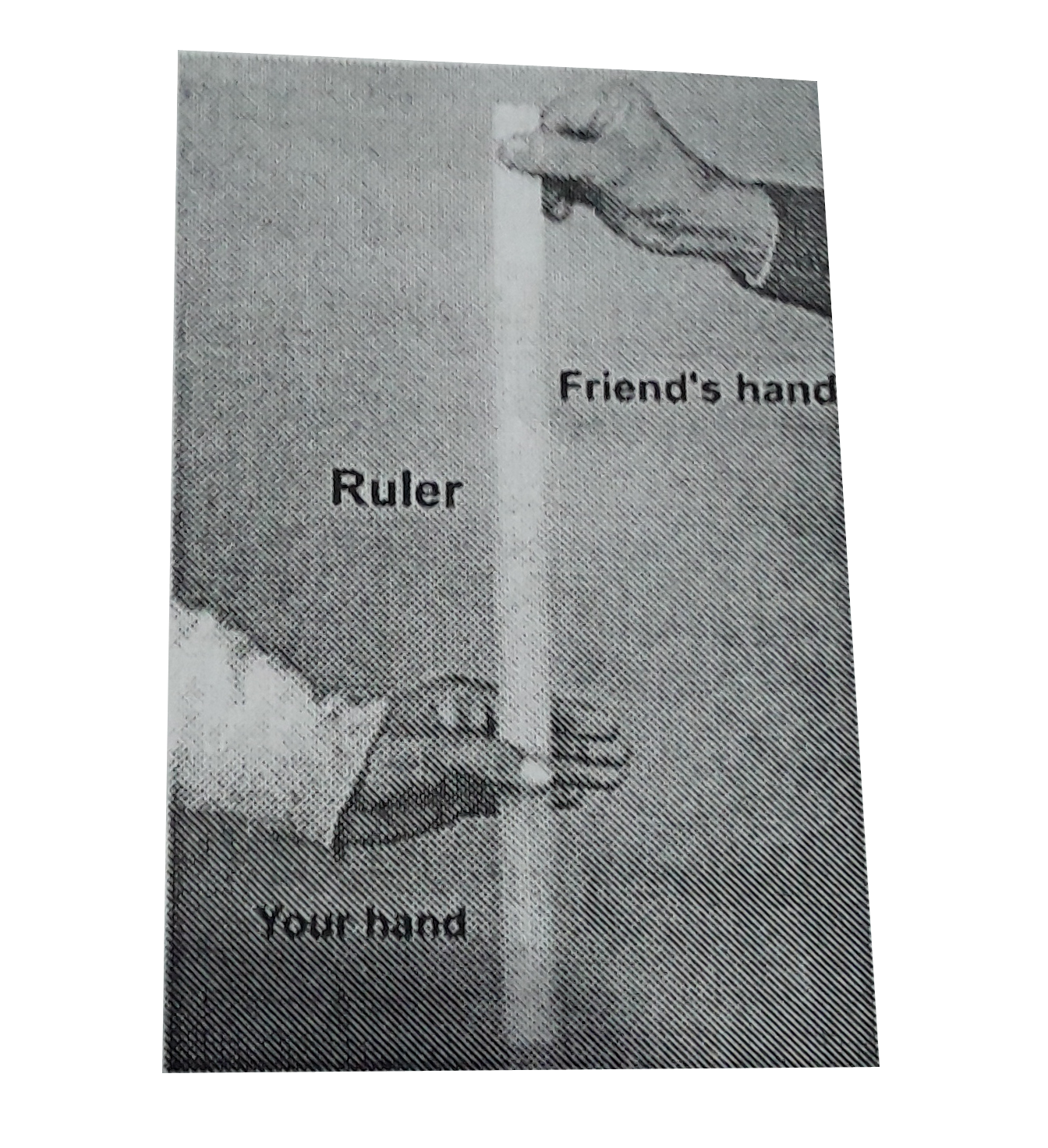Why does it take some time to see surroundings clearly in a dark cinema hall when a person enters from bright sunlight?
In bright sunlight the size of the pupil is very small. Therefore, when we enter the cinema hall from sunlight, small portion of light enters the eye which takes time to improve the vision because the pupil become larger and more share of the light enters the eye easily.
Topper's Solved these Questions
- LIGHTBOOK - PEARSON IIT JEE FOUNDATIONCHAPTER - LIGHTEXERCISE - CLASSROOM CORNER (A. Very Short Answer Type Questions) (Multiple Choice Questions)
22 Videos
- LIGHTBOOK - PEARSON IIT JEE FOUNDATIONCHAPTER - LIGHTEXERCISE - CLASSROOM CORNER (A. Very Short Answer Type Questions) (Comprehension-Based Questions)
4 Videos
- LIGHTBOOK - PEARSON IIT JEE FOUNDATIONCHAPTER - LIGHTEXERCISE - TRACK YOUR LEARNING - IV
8 Videos
- KINEMATICS BOOK - PEARSON IIT JEE FOUNDATIONCHAPTER - KINEMATICS EXERCISE - CONCEPT APPLICATION (Level 3) (Application Based Questions )
5 Videos
- MAGNETISM BOOK - PEARSON IIT JEE FOUNDATIONCHAPTER - MAGNETISM EXERCISE - CONCEPT APPLICATION (Level 3)
4 Videos
Similar Questions
Knowledge Check
Greenhouse gases are only (116) of the story when it comes to global warming. Changes to one part of the climate system can (117) additional changes to the way the planet absorbs or reflects energy. These secondary changes are (118) climate feedbacks, and they could more than double the amount of warming caused by carbon dioxide alone. The primary feedback are (119) to snow and ice, water vapour, clouds, and the carbon cycle.
The most well (120) feedback comes from melting snow and ice in the Northern Hemisphere. Warming temperatures are already (121) a growing percentage of Arctic sea ice, exposing dark ocean water during the (122) sunlight of summer. Snow cover on land is also (123) in many areas. In the (124) of snow and ice, these areas go from having bright, sunlight-reflecting surfaces that cool the planet to having dark, sunlight-absorbing surfaces that (125) more energy into the Earth system and cause more warmingAsensedBcalledCnothingDbutGreenhouse gases are only (116) of the story when it comes to global warming. Changes to one part of the climate system can (117) additional changes to the way the planet absorbs or reflects energy. These secondary changes are (118) climate feedbacks, and they could more than double the amount of warming caused by carbon dioxide alone. The primary feedback are (119) to snow and ice, water vapour, clouds, and the carbon cycle.
The most well (120) feedback comes from melting snow and ice in the Northern Hemisphere. Warming temperatures are already (121) a growing percentage of Arctic sea ice, exposing dark ocean water during the (122) sunlight of summer. Snow cover on land is also (123) in many areas. In the (124) of snow and ice, these areas go from having bright, sunlight-reflecting surfaces that cool the planet to having dark, sunlight-absorbing surfaces that (125) more energy into the Earth system and cause more warmingAmake-shiftBceasingCtroubledDperpetual
Explain, how the eye adjusts itself when a person enters a dark cinema hall from bright sunshine.
View SolutionWhy do we see a beam coming from projector to screen in a cinema hall ?
View SolutionObserve the diagram given and aswer the question asked.
c. What changes are seen in 'B' while coming out of a cinema hall and entering in a dark place from brightly lit area?
View SolutionA container with 1 kg of water in it kept in sunlight , which causes the water to get warmer than the surroundings . The average energy per time per unit area received due to the sunlight is 700Wm−2 and it is absorbed by the water over an effective area of 0.05m2 . Assuming that the heat loss from the water to the surroundings is governed by Newton's law of cooling , the difference (in ∘C) in the temperature of water and the surroundings after a long time will be ________ . (Ignore effect of the container, and take constant for Newton's law of cooling = 0.001s−1 , Heat capacity of water = 4200 Jkg−1K−1)
View SolutionWhen a situation demands our immediate action. It takes some time before we really respond. Reaction time is the time a person takes to observe. Think and act. For example. If a person is driving and suddenly a boy appears on the road, then the time elapsed before he slams the brakes of the car is the reaction time. Reaction time depends on complexity of the situation and on an individual.
You can measure your reaction time by a simple experiment. Take a ruler and ask your friend to drop it vertically through the gap between your thumb and forefinger(Fig. 3.15). After you catch it, find the distance d travelled by the ruler. In a particular case, d was found to be 21.0 cm. Estimate reaction time.

View SolutionWhat happens to the eye when you enter a darkened cinema hall from bright sunshine ? Give reason for your answer.
View Solution
